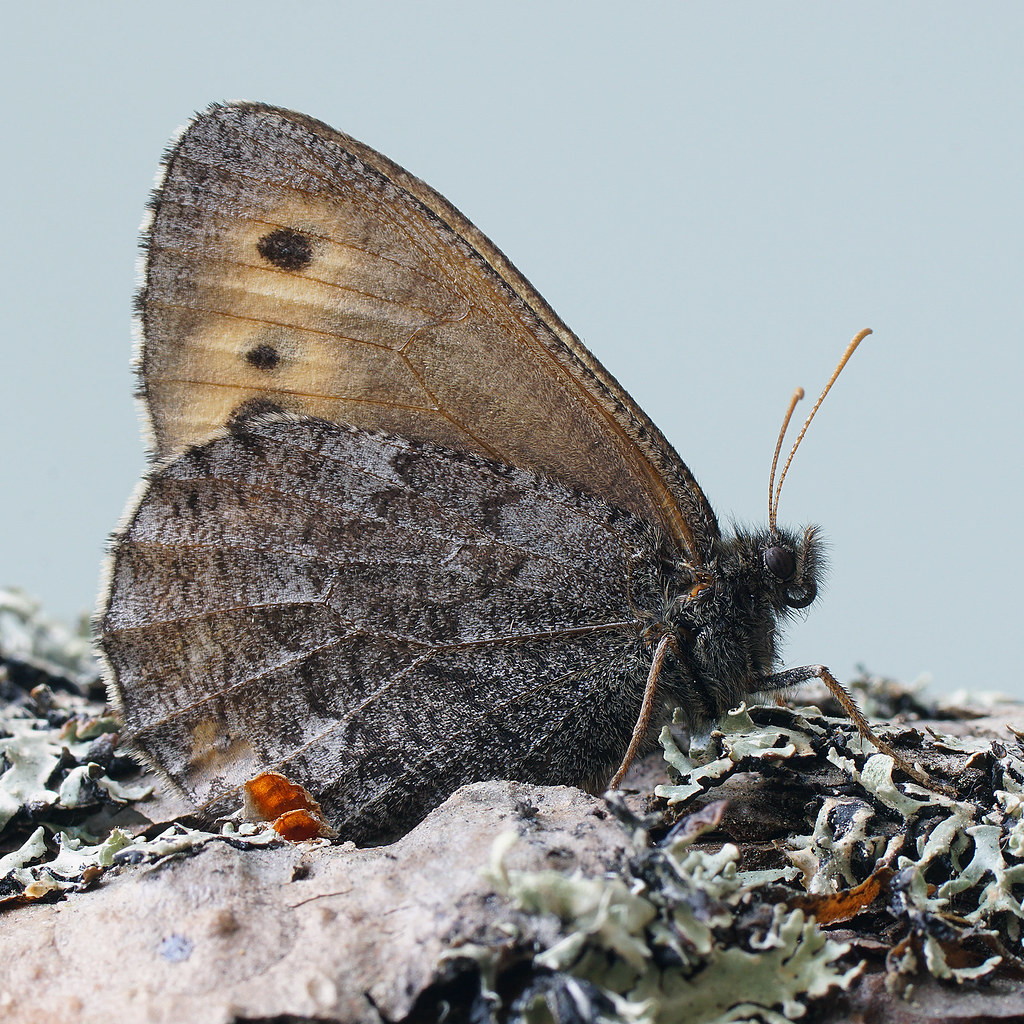The Arctic’s most unsung climate detectives aren’t polar bears or melting glaciers—they’re the tiny six-legged creatures buzzing, crawling, and surviving in one of Earth’s most extreme environments. These microscopic marvels hold secrets that could reshape everything we thought we knew about climate change. While politicians debate and scientists analyze ice core samples, Arctic insects are writing the real story of our planet’s transformation in their wings, their migration patterns, and their very survival strategies.
The Unexpected Heroes of Climate Science
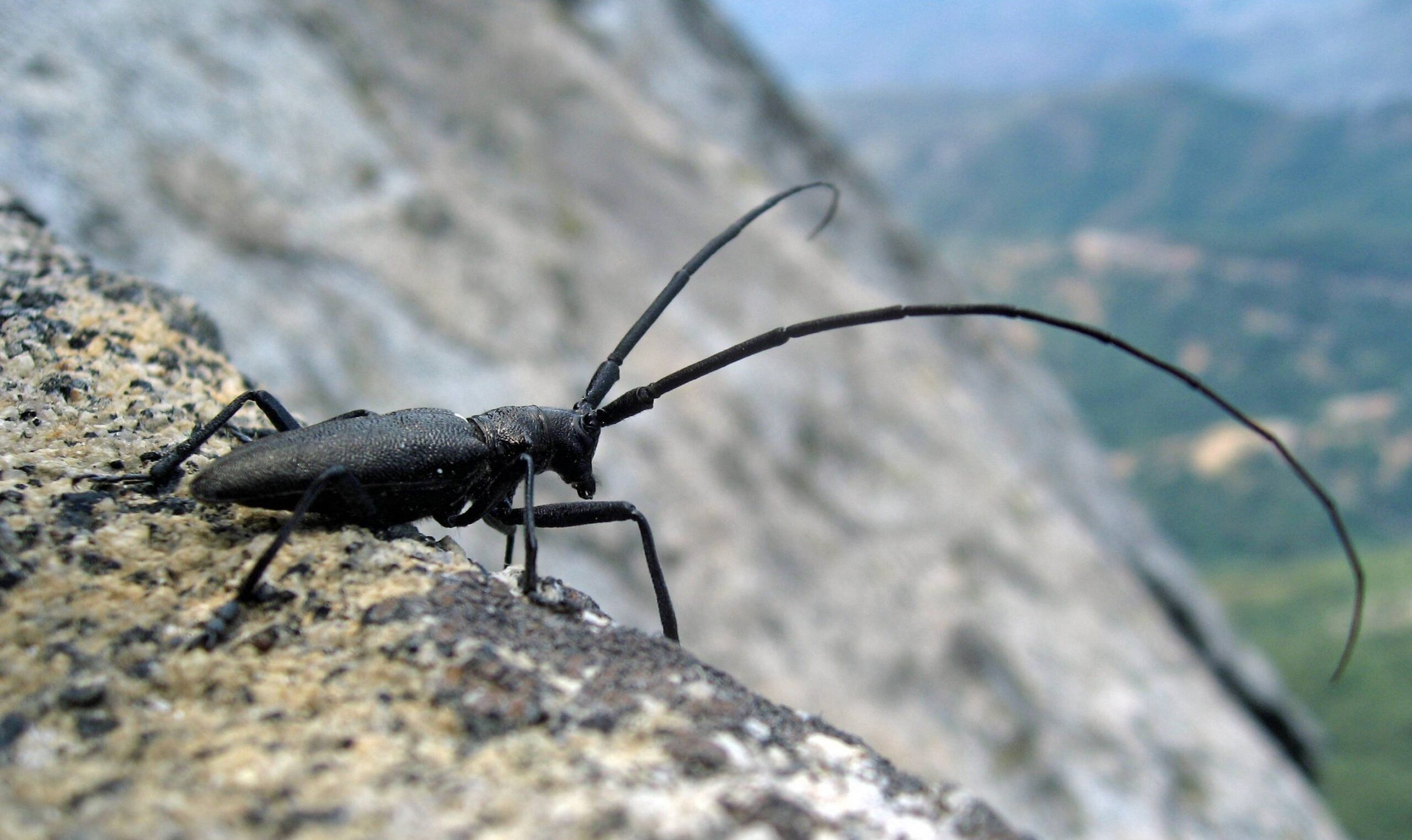
Arctic insects represent nature’s most sensitive barometers, responding to temperature changes with a precision that puts our most advanced meteorological instruments to shame. These creatures have evolved over millions of years to thrive in conditions that would kill most other life forms, making them perfect indicators of environmental shifts. When temperatures rise by even a single degree, these insects react immediately—changing their breeding cycles, expanding their territories, or sometimes disappearing entirely.
Scientists have discovered that certain Arctic fly species can detect temperature variations as small as 0.2 degrees Celsius, adjusting their life cycles accordingly. This remarkable sensitivity makes them living thermometers that provide real-time data about climate conditions. Unlike traditional weather stations that might malfunction or provide limited geographic coverage, these biological sensors are distributed across the entire Arctic landscape.
The relationship between Arctic insects and climate is so intimate that researchers can reconstruct historical temperature patterns by studying fossilized insect remains. Each species tells a different part of the story, creating a comprehensive narrative of climate change that spans thousands of years.
Ancient Ice Prisoners Tell Modern Stories
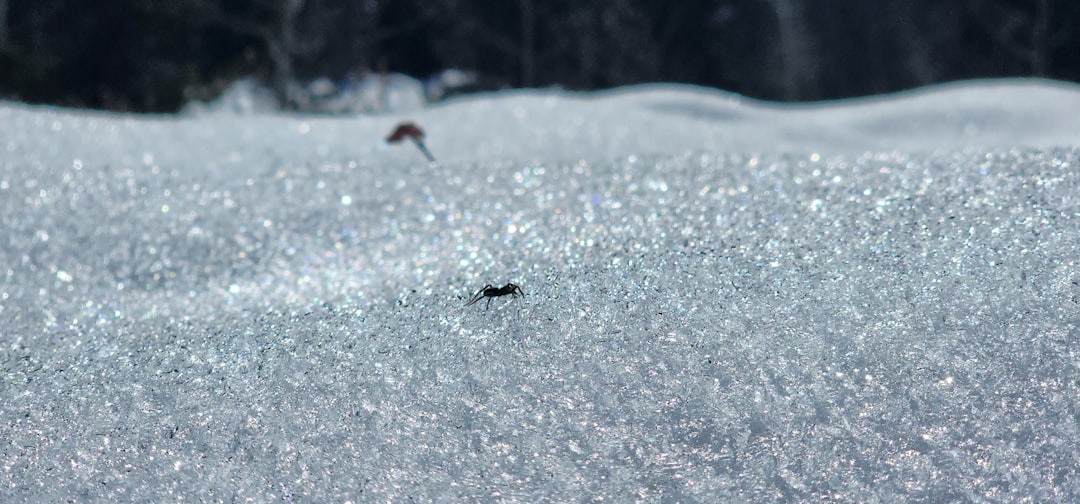
Deep within Arctic permafrost lie frozen time capsules containing perfectly preserved insects that died thousands of years ago. These remarkable specimens offer scientists unprecedented glimpses into past climate conditions, revealing how ecosystems responded to previous warming and cooling periods. When researchers extract these ancient insects from permafrost cores, they’re essentially reading Earth’s climate diary written in chitin and wing scales.
The preservation quality is so exceptional that scientists can examine the insects’ stomach contents, revealing what plants they fed on and how vegetation patterns have changed over millennia. Some specimens retain their original colors and even DNA, providing genetic blueprints that help researchers understand how species adapted to past climate shifts. These discoveries have revealed that certain insect populations underwent rapid evolutionary changes during previous warming periods, developing new survival strategies within just a few generations.
What makes these findings particularly alarming is how they mirror current trends. The ancient record shows that when Arctic temperatures rose rapidly in the past, insect communities collapsed and reorganized in ways that took centuries to stabilize.
Migration Mysteries Solved by Tiny Wings
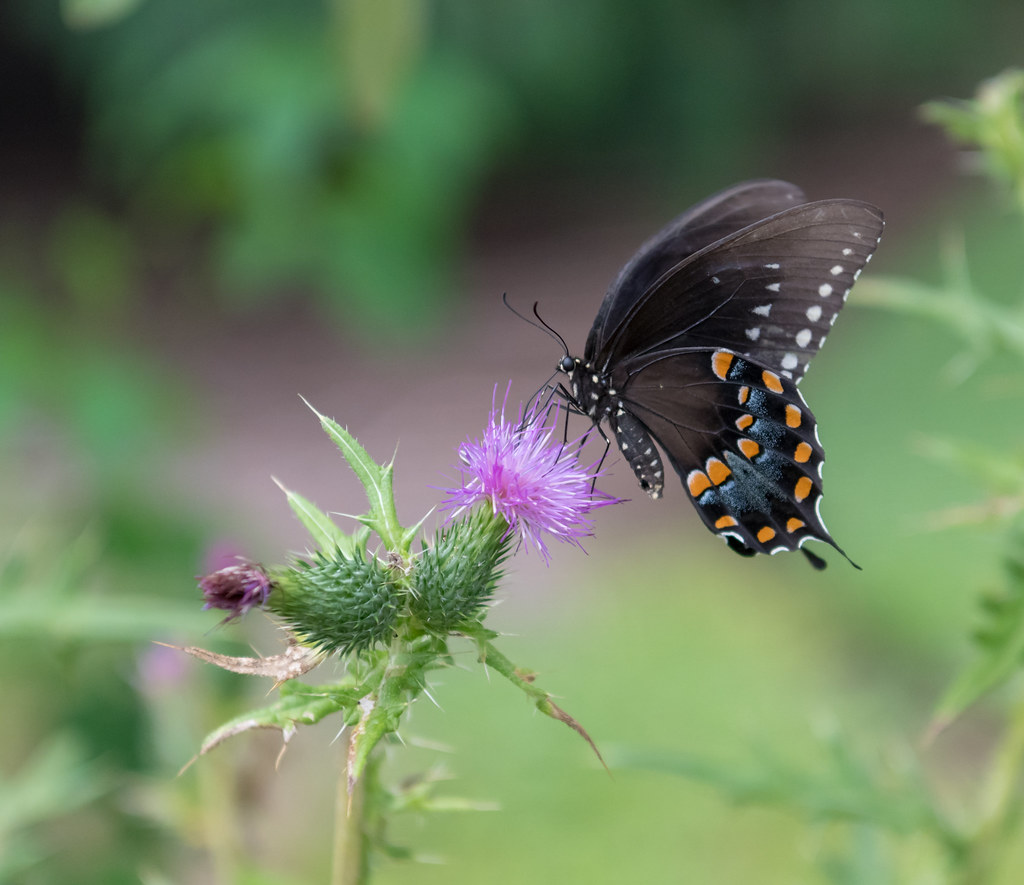
Arctic insects are rewriting the rules of migration science, undertaking journeys that seem impossible for creatures weighing less than a paperclip. Recent tracking studies have revealed that some Arctic midges travel over 500 miles during their brief adult lives, following temperature gradients and food sources with navigational skills that rival migratory birds. These epic journeys are becoming longer and more erratic as climate patterns shift, forcing insects to venture into uncharted territories.
The timing of these migrations has shifted dramatically over the past three decades. Species that once emerged in perfect synchronization with Arctic spring are now appearing weeks earlier, often before their food sources are available. This temporal mismatch creates cascading effects throughout Arctic food webs, leaving birds without adequate insect prey during crucial breeding periods.
Some species have developed entirely new migration routes, abandoning traditional pathways that no longer provide suitable conditions. GPS tracking of Arctic bumblebees has shown them establishing colonies 200 miles further north than their historical range, colonizing areas that were previously too cold for their survival.
Shrinking Habitats Force Evolutionary Experiments
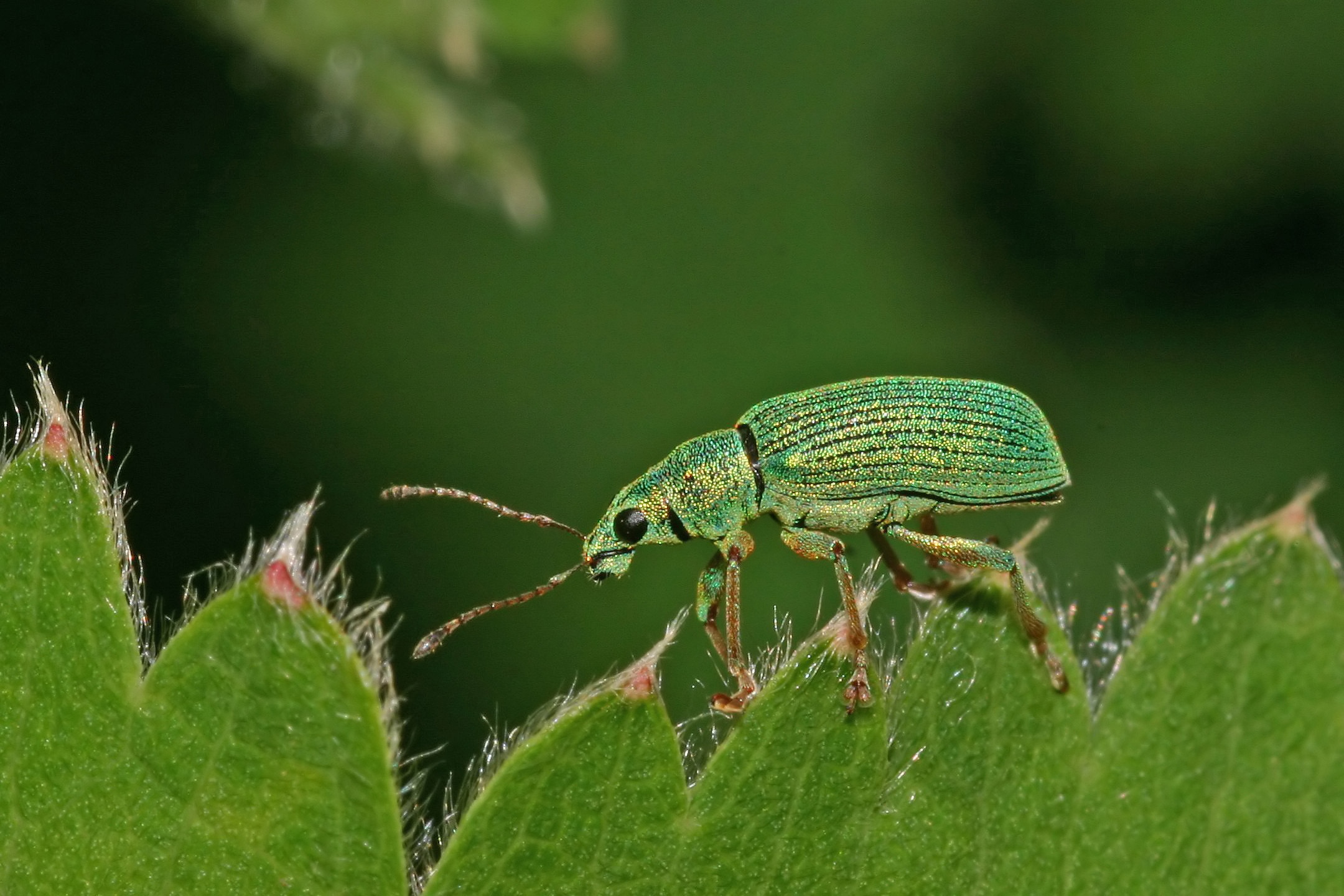
As Arctic ice retreats and tundra transforms, insects are conducting real-time evolutionary experiments that offer scientists unprecedented insights into adaptation under pressure. Traditional Arctic specialists are being squeezed into increasingly small refugia, while southern species invade newly warmed territories, creating biological battlegrounds where evolution accelerates. These rapid changes are producing hybrid populations with unprecedented genetic combinations, some of which show remarkable resilience to temperature fluctuations.
The speed of these changes is breathtaking. Arctic ground beetles that typically require 15-20 years to reach reproductive maturity are now completing their life cycles in just 8-10 years in warmer conditions. This acceleration allows for faster evolutionary responses but also increases the risk of population crashes if conditions change too rapidly.
Research stations across the Arctic are documenting species interactions that have never occurred in Earth’s history. Southern predatory insects are encountering Arctic prey species for the first time, creating entirely new predator-prey relationships that could reshape Arctic ecosystems within decades.
Chemical Conversations in a Changing World

Arctic insects communicate through complex chemical languages that are being disrupted by rising temperatures and changing atmospheric conditions. These pheromone-based conversations coordinate everything from mating rituals to collective foraging strategies, but warming temperatures are scrambling the messages. When Arctic air becomes too warm, chemical signals disperse differently, leading to communication failures that can devastate entire populations during critical breeding periods.
The chemistry of insect pheromones is exquisitely temperature-sensitive, with optimal signaling ranges often spanning just a few degrees. As Arctic temperatures become more variable, insects are struggling to maintain effective chemical communication across their communities. Some species are adapting by producing stronger chemical signals or changing their signaling times to cooler parts of the day.
Scientists have discovered that certain Arctic moth species are evolving new pheromone compositions in response to changing atmospheric conditions. These chemical innovations represent evolution in action, showing how species can adapt their most fundamental communication systems within just a few generations.
The Pollination Crisis Nobody Saw Coming
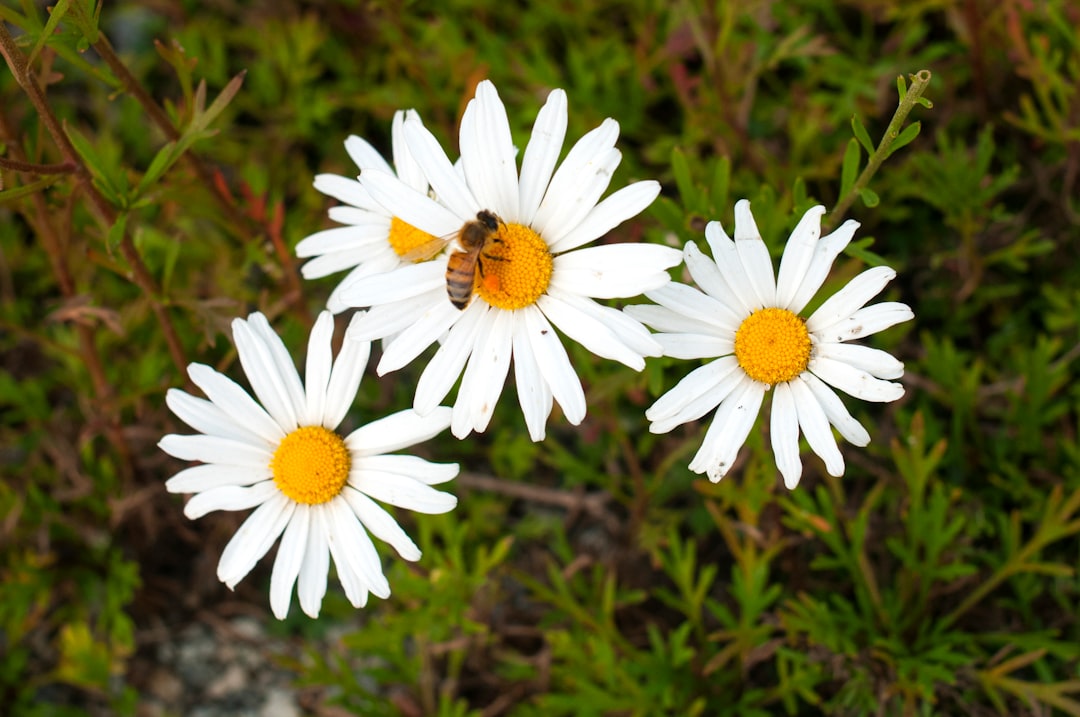
Arctic wildflowers depend on insect pollinators for reproduction, but climate change is creating a pollination crisis that threatens the foundation of Arctic plant communities. Many Arctic plants bloom for just a few weeks each year, timing their flowering to coincide with peak insect activity. However, as insect emergence times shift due to changing temperatures, critical pollination windows are being missed, leading to reproductive failures across entire plant populations.
The situation is particularly dire for plants that rely on specialist pollinators. Arctic poppies, for example, depend on specific bee species that are now emerging too early or too late to provide effective pollination services. This temporal mismatch is creating a domino effect that threatens the stability of entire Arctic plant communities.
Some insect species are adapting by extending their active periods or developing new foraging strategies, but these changes often come at the cost of reduced reproductive success. The delicate balance between Arctic plants and their insect partners, refined over thousands of years, is unraveling in real-time.
Parasite Invasions Follow the Heat
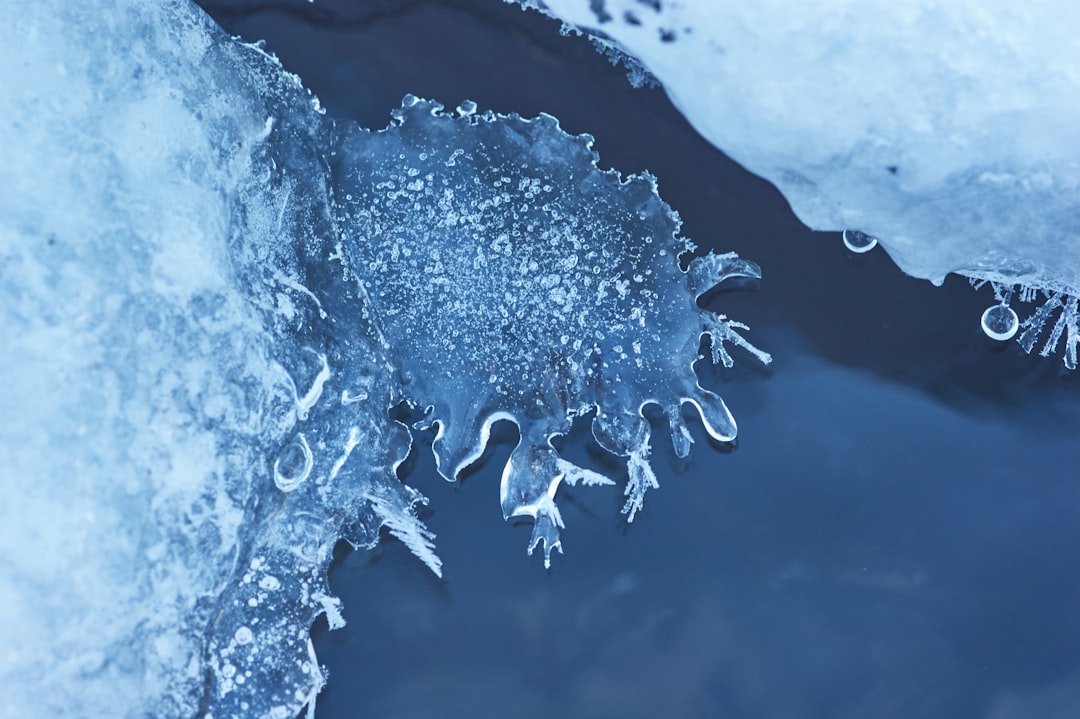
Warming Arctic temperatures are enabling parasites and diseases to invade insect populations that previously lived in relative safety from these threats. Southern parasitic flies and wasps are expanding their ranges northward, attacking Arctic insects that have no evolved defenses against these new enemies. The impacts are devastating, with some native insect populations experiencing mortality rates exceeding 80 percent when exposed to these novel parasites.
The speed of parasite invasion often outpaces the ability of native insects to develop resistance, creating ecological time bombs across the Arctic. Parasitic fungi that were once limited by cold temperatures are now thriving in warmed Arctic soils, infecting ground-dwelling insects that form the base of many Arctic food webs.
Research teams are documenting parasite-host relationships that are forming in real-time, providing unique insights into how diseases spread through naive populations. These studies reveal how quickly ecological relationships can shift when climate barriers are removed, offering sobering predictions for future Arctic ecosystems.
Frozen Food Webs in Flux
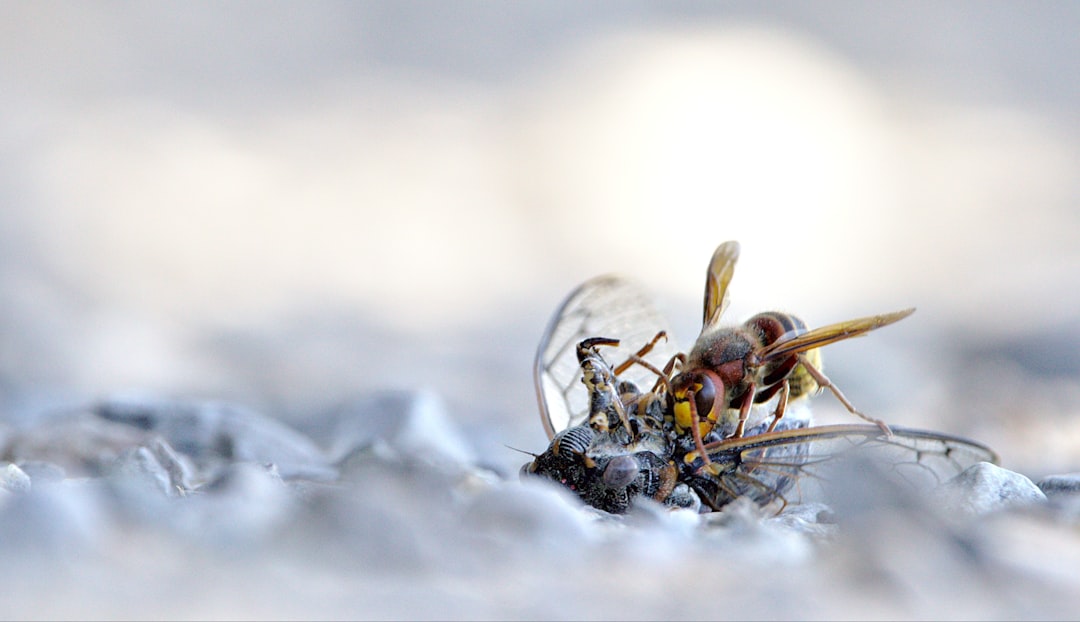
Arctic food webs are intricate networks where insects play crucial roles as both predators and prey, but climate change is reshuffling these relationships in unpredictable ways. Traditional predator-prey balances are collapsing as species respond differently to warming temperatures, creating opportunities for some insects while driving others toward local extinction. Arctic spiders that once relied on predictable insect emergence patterns are now experiencing feast-or-famine cycles that threaten their long-term survival.
The timing mismatches affect entire ecosystems. When Arctic flies emerge before their aquatic larvae have completed development, it creates gaps in the food web that ripple through fish, bird, and mammal populations. These temporal disruptions are becoming increasingly common as climate variability increases.
Some insect species are benefiting from these changes, exploiting new ecological niches created by the disruption of traditional relationships. Arctic scavenger insects are thriving as increased mortality among other species provides abundant food resources, but these boom periods may be unsustainable as ecosystems reach new equilibrium states.
Permafrost Thaw Unleashes Hidden Dangers
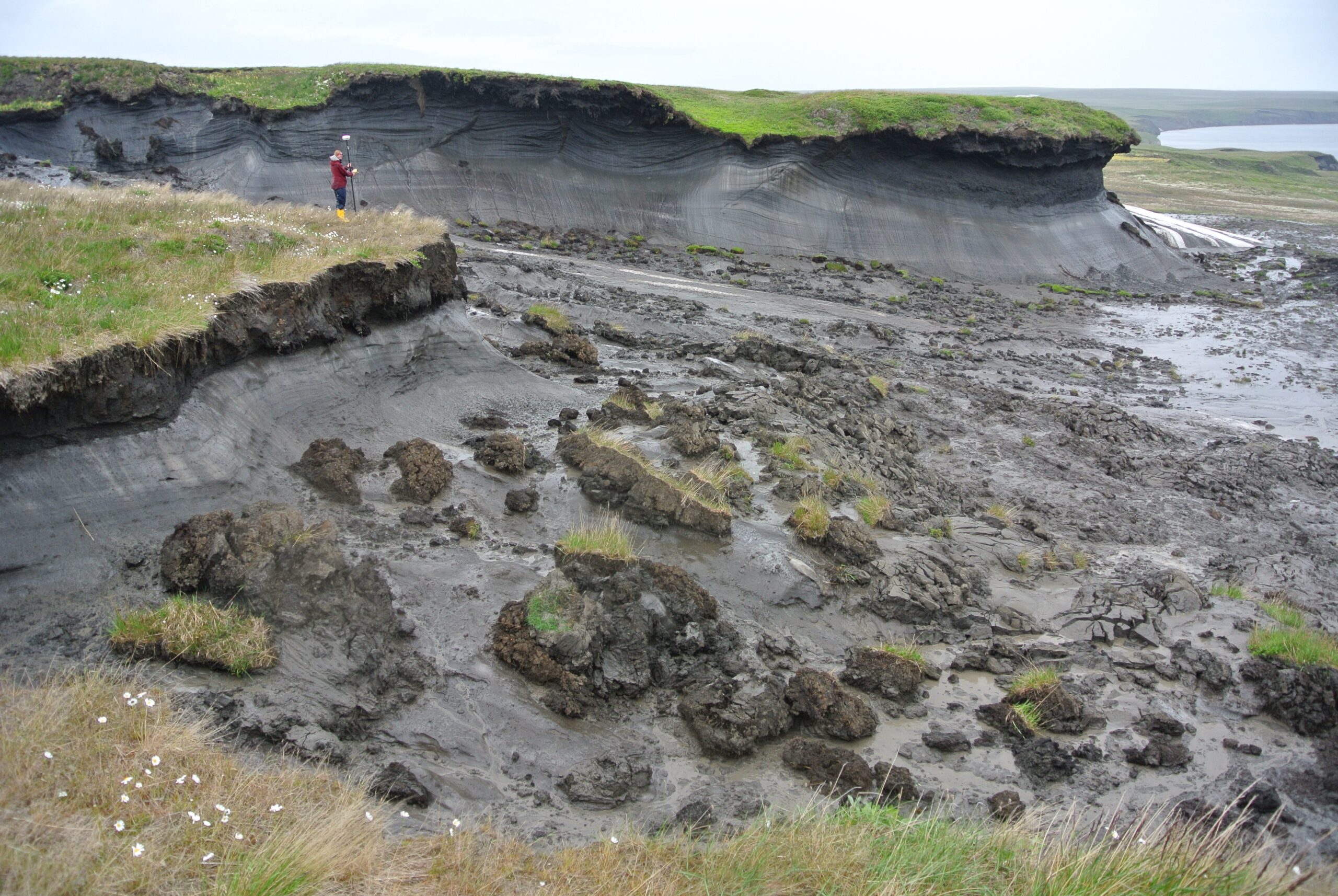
As permafrost melts across the Arctic, it’s releasing more than just carbon dioxide and methane—it’s also awakening dormant insect pathogens and creating new breeding habitats that could destabilize entire ecosystems. Ancient viruses and bacteria preserved in frozen soil for thousands of years are becoming active again, potentially infecting modern insect populations that lack immunity to these prehistoric threats. The thawed soil also creates vast areas of standing water that serve as breeding grounds for insects that were previously limited by frozen ground.
The scale of habitat creation is staggering. Scientists estimate that permafrost thaw has created over 50,000 new wetland areas across the Arctic in the past two decades, each potentially supporting different insect communities. These new habitats are often temporary, creating boom-and-bust cycles that make it difficult for insect populations to establish stable communities.
The release of nutrients from thawing permafrost is also changing plant communities, which in turn affects the insects that depend on them. This cascade of changes is creating entirely new ecosystem types that have no historical analogues, making it nearly impossible to predict their long-term stability.
Genetic Libraries Under Threat
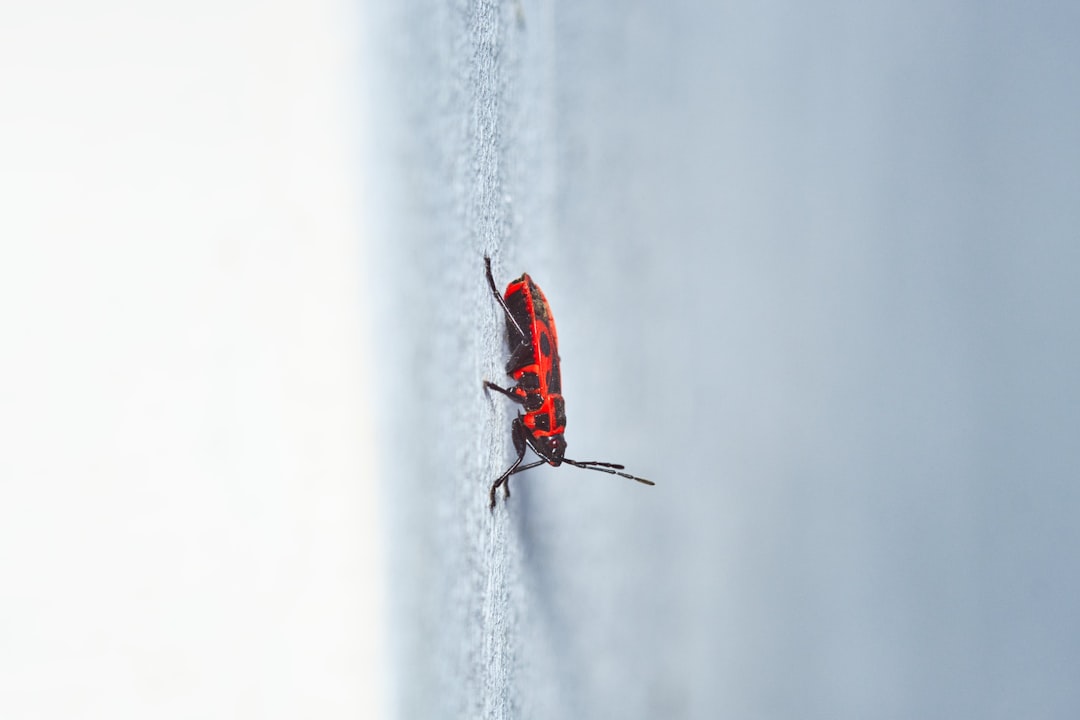
Arctic insects represent living libraries of genetic information that could hold keys to understanding evolution, adaptation, and survival in extreme environments. Many Arctic species have unique genetic adaptations that allow them to function at temperatures that would be lethal to their temperate relatives, but climate change threatens to erase this biological heritage before scientists can fully study it. The genetic diversity within Arctic insect populations is declining rapidly as local adaptations become obsolete and populations merge or collapse.
Some Arctic insects possess antifreeze proteins that are more efficient than anything humans have engineered, while others have metabolic pathways that function at near-freezing temperatures. These genetic innovations represent millions of years of evolution and could have applications in medicine, agriculture, and biotechnology if they can be studied and preserved.
The urgency of genetic conservation efforts is increasing as species disappear. Scientists are racing to collect and sequence genetic material from Arctic insects before local populations are lost, creating frozen genetic archives that may be the only record of these remarkable adaptations. The loss of genetic diversity in Arctic insects represents not just an ecological tragedy but also the destruction of potentially valuable biological resources.
Behavioral Adaptations in Real Time
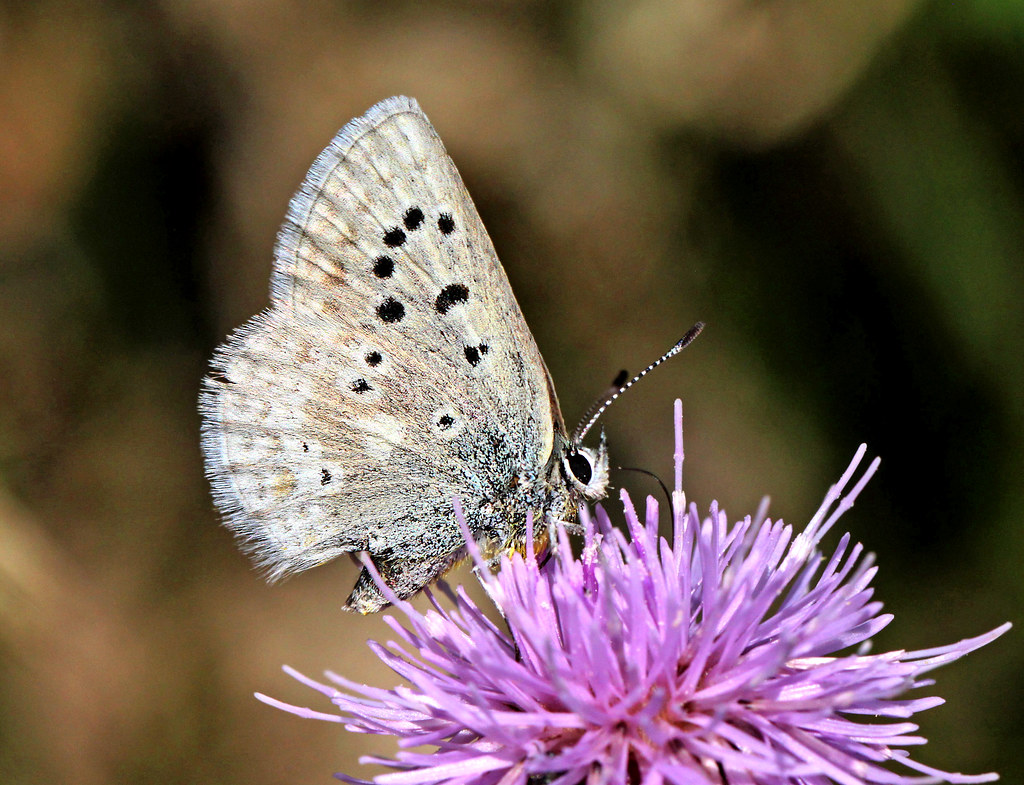
Arctic insects are displaying remarkable behavioral flexibility as they adapt to rapidly changing conditions, developing new survival strategies that scientists are documenting in real-time. Some species are changing their daily activity patterns, becoming active during traditionally inactive periods to avoid temperature extremes or take advantage of new opportunities. Arctic bees are learning to forage during the brief twilight hours when temperatures are more suitable, extending their daily activity periods to cope with increasingly hot midday conditions.
The social behaviors of colonial insects are also evolving rapidly. Arctic ant colonies are developing new communication protocols to coordinate activities across larger temperature ranges, while some species are changing their nest-building strategies to cope with fluctuating ground temperatures. These behavioral innovations often spread through populations within a single generation, demonstrating the remarkable adaptability of insect societies.
Perhaps most remarkably, some Arctic insects are learning to exploit human-created habitats, taking advantage of heated buildings, equipment, and waste heat to extend their activity periods. This behavioral plasticity suggests that some species may be more resilient to climate change than initially predicted, though it also raises questions about the long-term ecological consequences of human-insect interactions in the Arctic.
Technology Reveals Hidden Lives
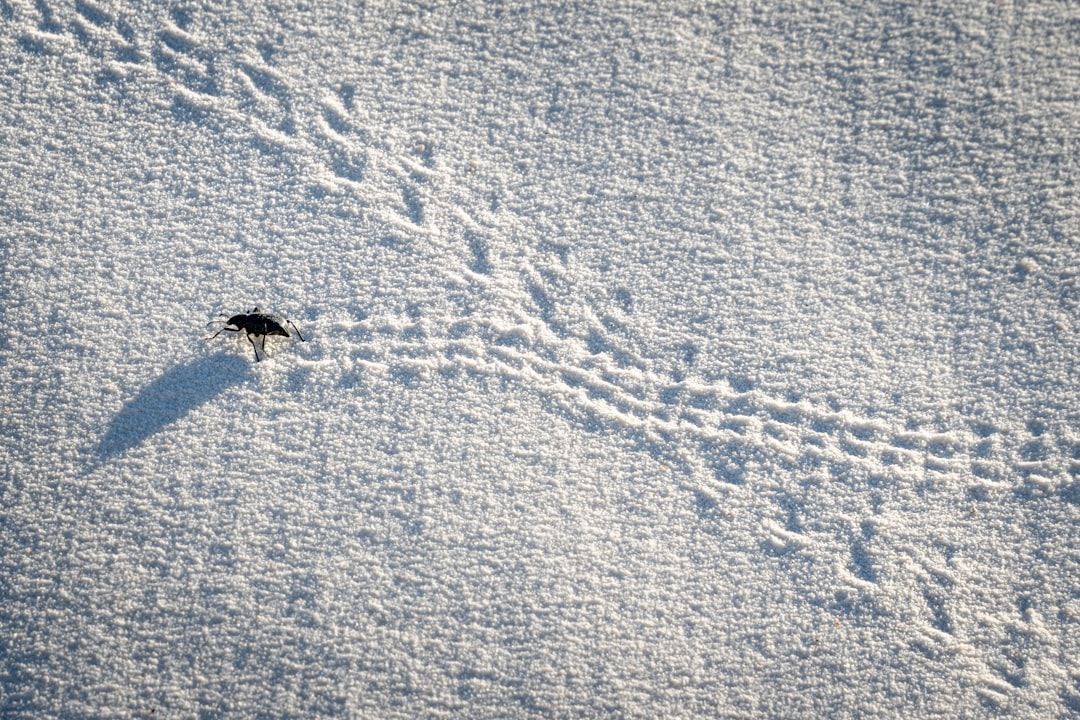
Advanced tracking technologies are revolutionizing our understanding of Arctic insect behavior, revealing complex lives that were previously invisible to researchers. Microscopic radio transmitters weighing less than a milligram can now track individual insects for weeks, documenting their movements, feeding behaviors, and social interactions with unprecedented detail. These technological advances have revealed that Arctic insects are far more complex and behaviorally sophisticated than previously imagined.
High-speed cameras and thermal imaging are capturing insect behaviors that occur too quickly or in conditions too extreme for human observation. Scientists have discovered that some Arctic insects can fly in near-freezing conditions by rapidly vibrating their flight muscles to generate heat, essentially turning themselves into tiny flying heaters.
Genetic sequencing technologies are also revealing the hidden diversity within Arctic insect populations. What were once thought to be single species are often proving to be complexes of closely related species, each adapted to slightly different microhabitats within the Arctic landscape. This cryptic diversity suggests that Arctic ecosystems are far more complex than traditional surveys indicated.
Future Predictions from Six-Legged Oracles
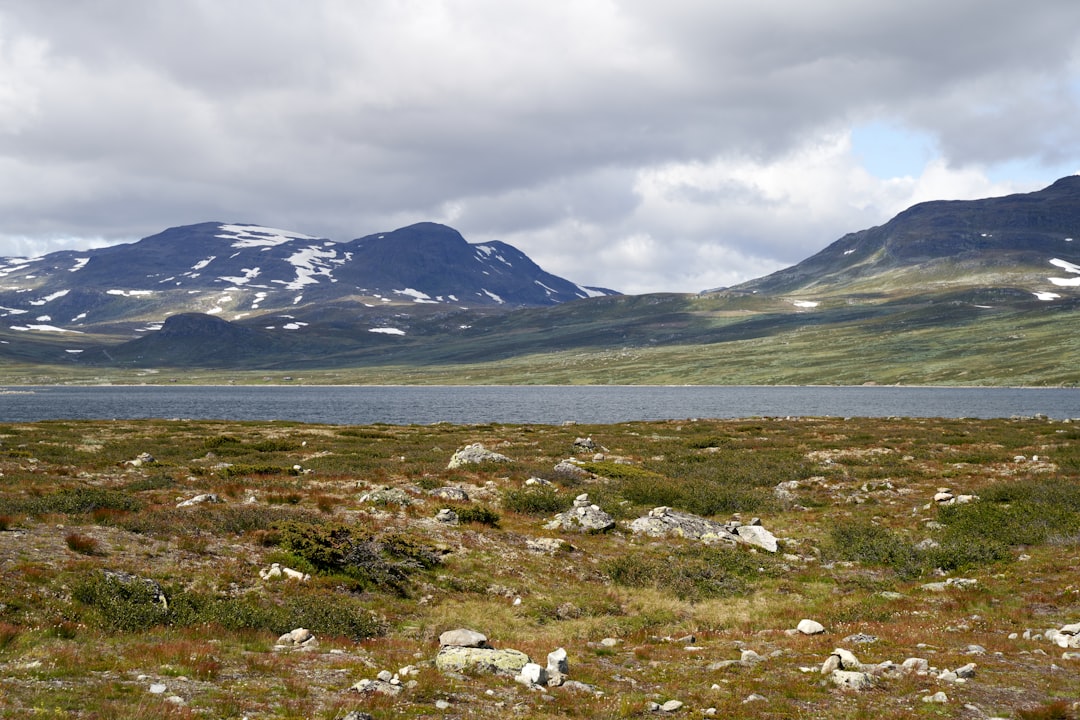
Arctic insects are providing scientists with unprecedented insights into future climate scenarios, serving as biological early warning systems for ecosystem changes that may not become apparent through other monitoring methods until it’s too late to respond. Current insect population trends suggest that Arctic ecosystems may reach tipping points much sooner than climate models predict, with some species already showing signs of irreversible decline despite relatively modest temperature increases.
The predictive power of insect monitoring comes from their rapid response times and sensitivity to environmental changes. By studying how insect communities respond to current warming trends, scientists can model how entire ecosystems might respond to more extreme climate scenarios. These biological predictions often reveal vulnerabilities that aren’t apparent in purely physical climate models.
Long-term monitoring projects across the Arctic are building databases of insect responses that will be invaluable for predicting future changes. Some research stations have been collecting insect data for over 40 years, providing unique insights into how Arctic ecosystems respond to gradual versus rapid climate changes. These datasets are becoming increasingly valuable as climate change accelerates and scientists need reliable ways to predict ecosystem responses.
Conservation Strategies Born from Crisis

The climate crisis affecting Arctic insects is spurring innovative conservation strategies that could serve as models for protecting vulnerable species worldwide. Scientists are establishing “genetic rescue” programs that preserve genetic material from threatened Arctic insect populations, creating living libraries that could be used to restore populations if conditions improve. These programs involve collecting and cryopreserving eggs, larvae, and adult specimens from across each species’ range to maintain genetic diversity.
Habitat restoration efforts are focusing on creating climate refugia—protected areas that maintain suitable conditions for Arctic insects even as surrounding areas warm. These refugia often involve managing microclimates through strategic placement of shade structures, water features, or wind barriers that create pockets of suitable habitat within larger unsuitable areas.
Some conservation programs are taking proactive approaches, relocating threatened insect populations to areas that are predicted to remain suitable as climate change progresses. These “assisted migration” programs are controversial but may be necessary to prevent extinctions of species that cannot disperse quickly enough to track suitable climate conditions as they shift northward.
Conclusion
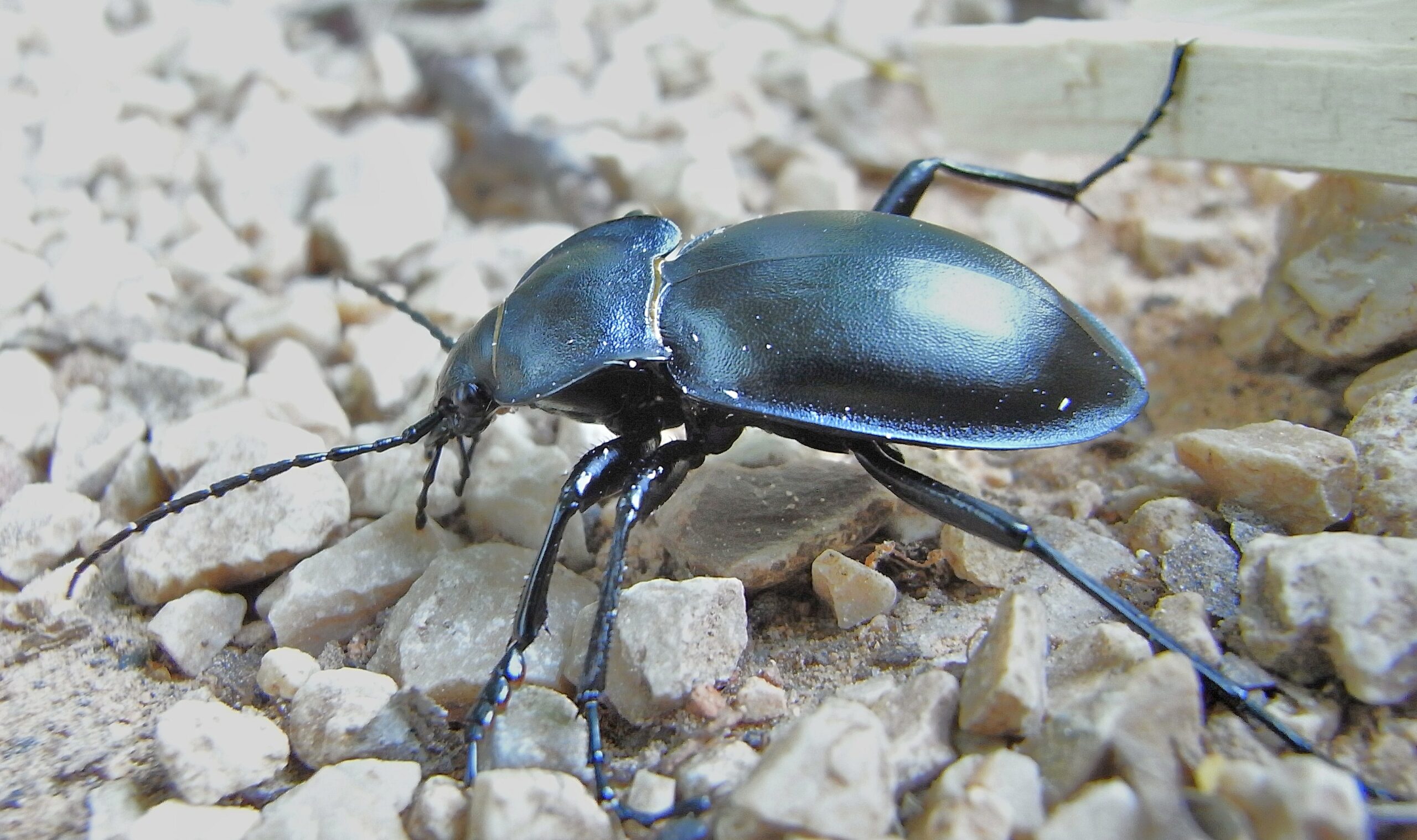
Arctic insects are revealing truths about our changing planet that no satellite image or temperature graph could capture. These tiny creatures, with their intricate life cycles and exquisite sensitivity to environmental conditions, are writing the most honest account of climate change in their behaviors, migrations, and struggles for survival. Their stories of adaptation, decline, and resilience offer both sobering warnings and surprising hope for the future of Arctic ecosystems.
The lessons learned from Arctic insects extend far beyond the polar regions, providing insights that could help us understand and respond to climate change impacts worldwide. As these remarkable creatures continue to navigate their rapidly changing world, they serve as both witnesses to our planet’s transformation and guides for our conservation efforts.
What will these tiny climate detectives reveal about Earth’s future—and are we prepared to listen to their warnings before it’s too late?

